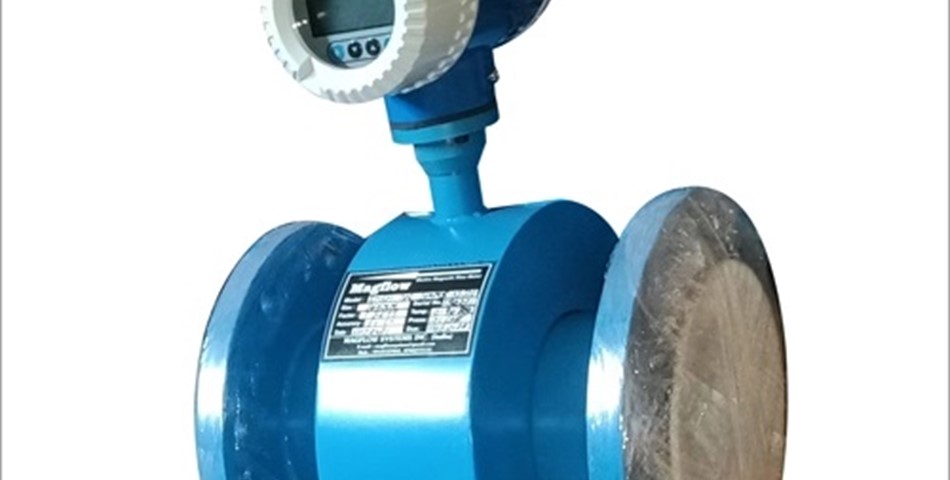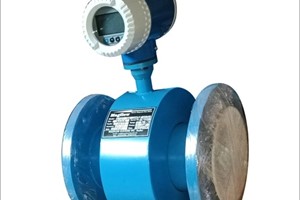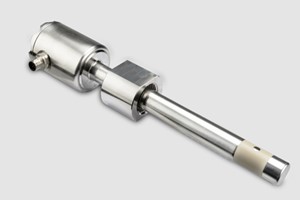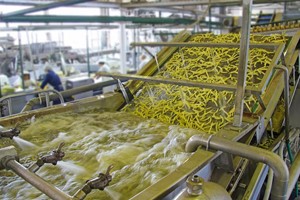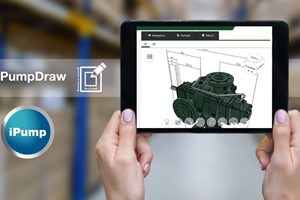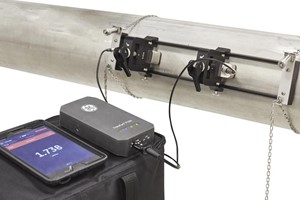The electromagnetic flowmeter market was valued at USD 1,981.2 million in 2019, and it is expected to reach USD 2,613.1 million by 2025, registering a CAGR of 5.1% during the period. The growing need for reliable measurement and monitoring of industrial fluids for optimum utilization is driving the market growth. With the increased mining activities, the flow measurement in the mining sectors has become increasingly challenging over the recent past. Slurries, chunks of rocks, and gravel result in noisy flow signals and are most abrasive. Corrosive fluids require chemical compatibility of the wetted parts within the flowmeter sensor. Mining companies are gradually using the electromagnetic flowmeter to measure slurry flow with certain liners to reduce abrasion and, a densimeter to send data for the electromagnetic flowmeter, to translate into an online mass flow measurement.
- Water shortage and the growing population is significantly driving the market growth. According to the World watch Institute's Family Planning and Environmental Sustainability Assessment (FPESA), the world has been observing a major global trend that points out the ongoing growth of the human population. Various scientific evidence proved that this trend has a greater impact on water availability than climate change. According to the study conducted by the researchers at the Aarhus University, about 30-40% of the world is likely to experience an increasing demand for water and wastewater treatment, leading to water scarcity by 2020. This significantly demands the usage of the electromagnetic flowmeter market.
Water and Wastewater Industry to Witness the Highest Growth
- In industrial environments, electromagnetic flowmeter is primarily used in water management. Decades of ongoing research and development in sensors and signal processing have resulted in sophisticated electromagnetic flowmeters that can be integrated optimally into highly complex applications using measuring, controlling, and regulating technologies.
- Further, the US Environmental Protection Agency (EPA) has accelerated investment in the nation's aging water infrastructure. The EPA has issued seven WIFIA loans to help finance over USD 4 billion in water infrastructure projects.
- Also, according to UN-WATER, due to population growth, accelerated urbanization, and economic development, the quantity of wastewater generated and its overall pollution load is increasing globally. The availability of a safe and sufficient amount of water supplies is closely linked to how wastewater is managed.
- Further, electromagnetic flowmeters are used to measure treated and untreated sewage, processed water, water, and chemicals. Their power usage is relatively low, with electrical power requirements as low as 15 watts for some models. Therefore, with increasing investments in water infrastructure, electromagnetic flowmeters are also expected to witness a rise in adoption.
- Further, investment in new technology is significantly driving the market. For instance, in 2020, McCrometer Inc., a globally recognized flow meter manufacturer, announced the upcoming launch of its newest product, the McMag2000 flow meter. McMag2000 is a saddle-style insertion electromagnetic flowmeter, designed for the irrigation and water industries and best suited to applications, like center pivot systems, well monitoring, and surface water measurement.
Asia-Pacific to Emerge as the Fastest Growing Market
- The water and wastewater management industry is dominant in many countries of the Asia-Pacific region, and according to WHO, reducing wastewater generation and implementing on-site sewage and wastewater technology are two strategies that can improve wastewater management.
- Singapore's Tuas Desalination Plant (TDP), the first desalination plant that is owned and operated by PUB, Singapore's National Water Agency, has won international recognition in 2019 for its use of ecologically sustainable technologies in the treatment process.
- In February 2019, SUEZ NWS formed a 49/51 joint venture (JV) with Zhuhai Huigang Urban Resources Development Co. Ltd, to invest in, build, and operate a WWTP with a daily capacity of 25,000 ton, to treat the industrial wastewater generated by the industrial companies in the petrochemical park of the Zhuhai Gaolan Port Economic Zone.
- Further, Nivo Controls Pvt. Ltd, an industrial automation company based in India, recently launched a new sanitary electromagnetic flowmeter for hygienic applications. The sanitary magnetic flowmeter is designed to meet the requirements of the dairy, food, beverages, brewery, and pharmaceutical industries for applications that demand hygienic, accurate, and reliable flow measurement.
- Furthermore, the Water Environment Partnership in Asia (WEPA) also aims to contribute to improving the water environment by offering information and knowledge necessary for the enhancement of water environment governance. Such factors have significantly contributed to the growth in the region.
The market is fragmented in nature, with every other vendor providing electromagnetic flowmeters in various operating temperature ranges, media pressures, meter sizes, and materials of construction. Major players are ABB Ltd, Omega Engineering Inc., Honeywell International Inc., and Emerson Electric Corporation



